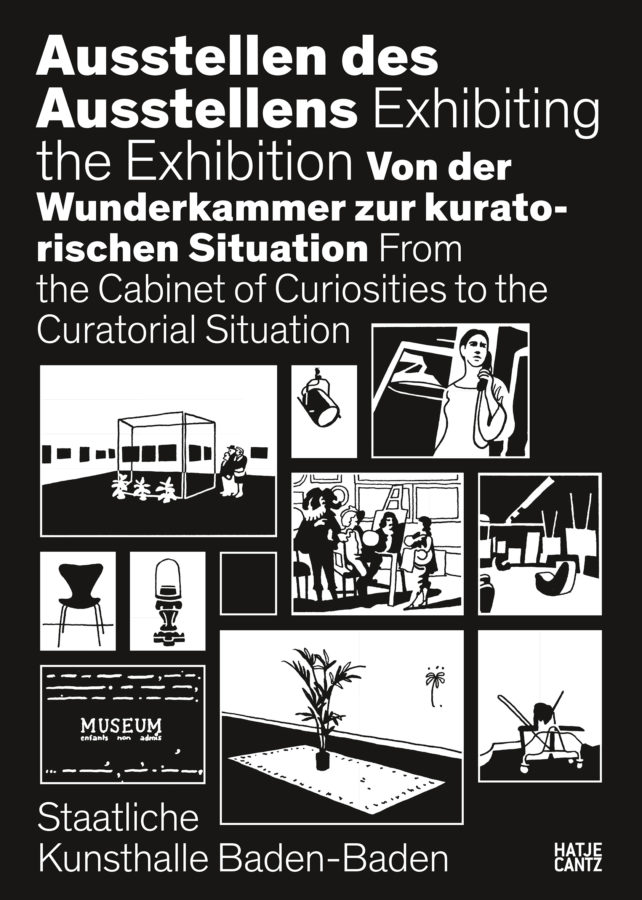Excerpt:
[…] Between 1968 and 1971, when Siegelaub turned his back on the art world, numerous exhibitions emerged, for which publications – bound catalogues, magazine sections and inlays in fair catalogues, postcards, posters and even a wall calendar – constituted the only tangible or visual manifestation. Siegelaub’s conceptual projects, alongside those by New York art critic Lucy Lippard, are the best-known examples for the relocation of the exhibition space into printed media, which began simultaneously in different geographic and artistic contexts. In their gallery situationen 60, Barbara and Christian Chruxin were already producing catalogues for exhibitions by Henryk Berlewi, Bernhard Höke and Erich Buchholz in the early 1960s, which were conceived as “portable galleries”. Eastern European and Latin American publications, in particular, offered new freedoms for artistic and curatorial productions, far away from the more state-controlled museums and gallery spaces.
Siegelaub’s catalogue exhibitions and similar projects of the 1960s and 70s are united by their radical questioning of the notion of exhibition as a presentation of selected art objects in a gallery space. In April 1969, Siegelaub declared, “the type of art that I’m involved with and concerned about has less to do with materiality than ideas and intangible considerations. […] And so […] the needs for presentation of the work […] are quite a bit different than just putting up walls and making them available to artists, which is what a gallery does”. These new »needs« for presentation may be explained by the tendency of conceptual artists at the end of the 1960s to focus less on the material production of objects than on the articulation of ideas, plans and concepts. Printed publications, which could be produced and transported comparatively cheaply in large numbers, were especially suited to introduce those “dematerialized” artistic practices, based on language and visual systems, to the largest possible international audience.
[…] As this brief consideration of the different elements of display in the Xerox Book suggests, the publication exhibition is characterized by a close link of the exhibited pieces with their presentation context. The specific material properties of the media carrier define the aesthetic scope of the works, which are specifically created for the publication context and, in this sense, “site-specific”. Projects in which publications constitute the primary spatial context of an exhibition may therefore also be understood as part of the development towards an increasing interlocking of art and context. In the 1960s, the symbiotic relationship between exhibition space and conceptual forms of artistic production led to a growing recognition of the creative role of exhibition organizers in the process of producing, communicating and publishing art, as well as to the emergence of a curatorial discourse, decisively bolstered by Siegelaub’s projects. The transfer of the notion of exhibition to published media is therefore inextricably linked to the question as to what an exhibition, under changing parameters of artistic production, could be. This self-reflexive impulse is paradigmatic for a discursive turn that began in the 1960s, and through which the questioning of the presentation format has become an axiomatic condition of contemporary critical exhibition practice.
